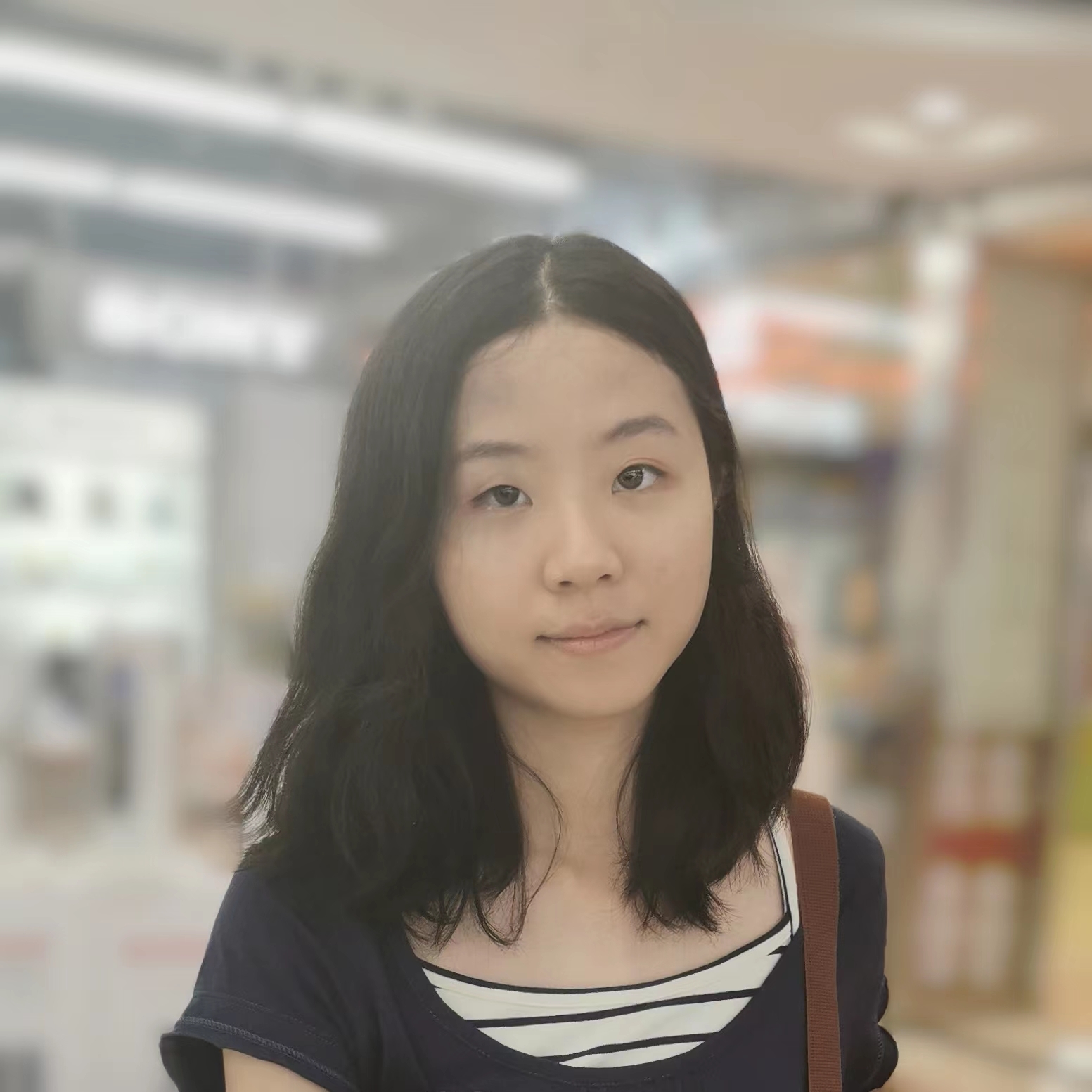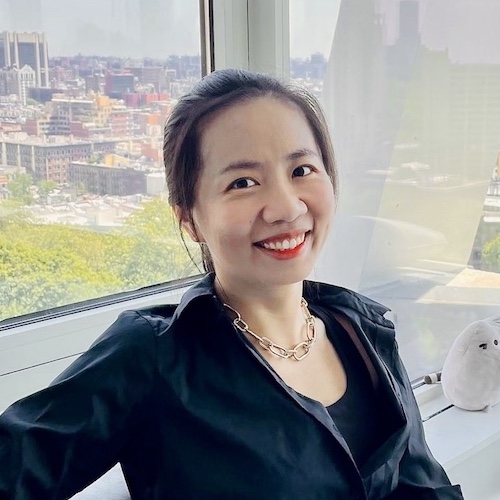Dynamics-Guided Diffusion Model
for Sensor-less Robot Manipulator Design
Conference on Robot Learning (CoRL 2024)
Best Machine Learning Paper at the Morphology-Aware Policy and Design Learning Workshop
Task-specific Designs without Task-specific Training
We present Dynamics-Guided Diffusion Model (DGDM), a data-driven framework for generating task-specific manipulator designs without task-specific training. Given object shapes and task specifications, DGDM generates sensor-less manipulator designs that can blindly manipulate objects towards desired motions and poses using an open-loop parallel motion. This framework 1) flexibly represents manipulation tasks as interaction profiles, 2) represents the design space using a geometric diffusion model, and 3) efficiently searches this design space using the gradients provided by a dynamics network trained without any task information. We evaluate DGDM on various manipulation tasks ranging from shifting/rotating objects to converging objects to a specific pose. Our generated designs outperform optimization-based and unguided diffusion baselines relatively by 31.5% and 45.3% on average success rate. With the ability to generate a new design within 0.8s, DGDM facilitates rapid design iteration and enhances the adoption of data-driven approaches for robot mechanism design.
Paper
Latest version: arXiv or here.
Code
Team
1 Stanford University 2 Columbia University
Technical Summary Video (with audio)
Results
Pose ConvergenceThe goal of pose convergence is to design fingers that always reorient a target object to a specified orientation when closing the gripper in parallel. As you can imagine, this manipulator can be quite useful in industrial settings such as assembly lines. When objects are fed in with different poses we can automatically align them to the same pose. Then the following robot can just blindly manipulate the object.
More examples of pose convergence manipulators in the real world:
Rotate
Shift Up/Down
Shift Left/Right
Multi-object Results
Our framework also allows designing manipulators for a set of objects to achieve a task.Rotate Clockwise
BibTeX
@article{xu2024dynamics,
title={Dynamics-Guided Diffusion Model for Robot Manipulator Design},
author={Xu, Xiaomeng and Ha, Huy and Song, Shuran},
journal={arXiv preprint arXiv:2402.15038},
year={2024}
}Contact
If you have any questions, please feel free to contact Xiaomeng Xu.



